So You're Trying to Grow Organic, But Your Neighbors Use Chemicals – Here’s How to Keep Your Garden Green & Avoid Drama
You grow a pristine organic garden, but your neighbor sprays every weed with chemicals. Here's the right way to talk to them, plus tips to protect your plants.
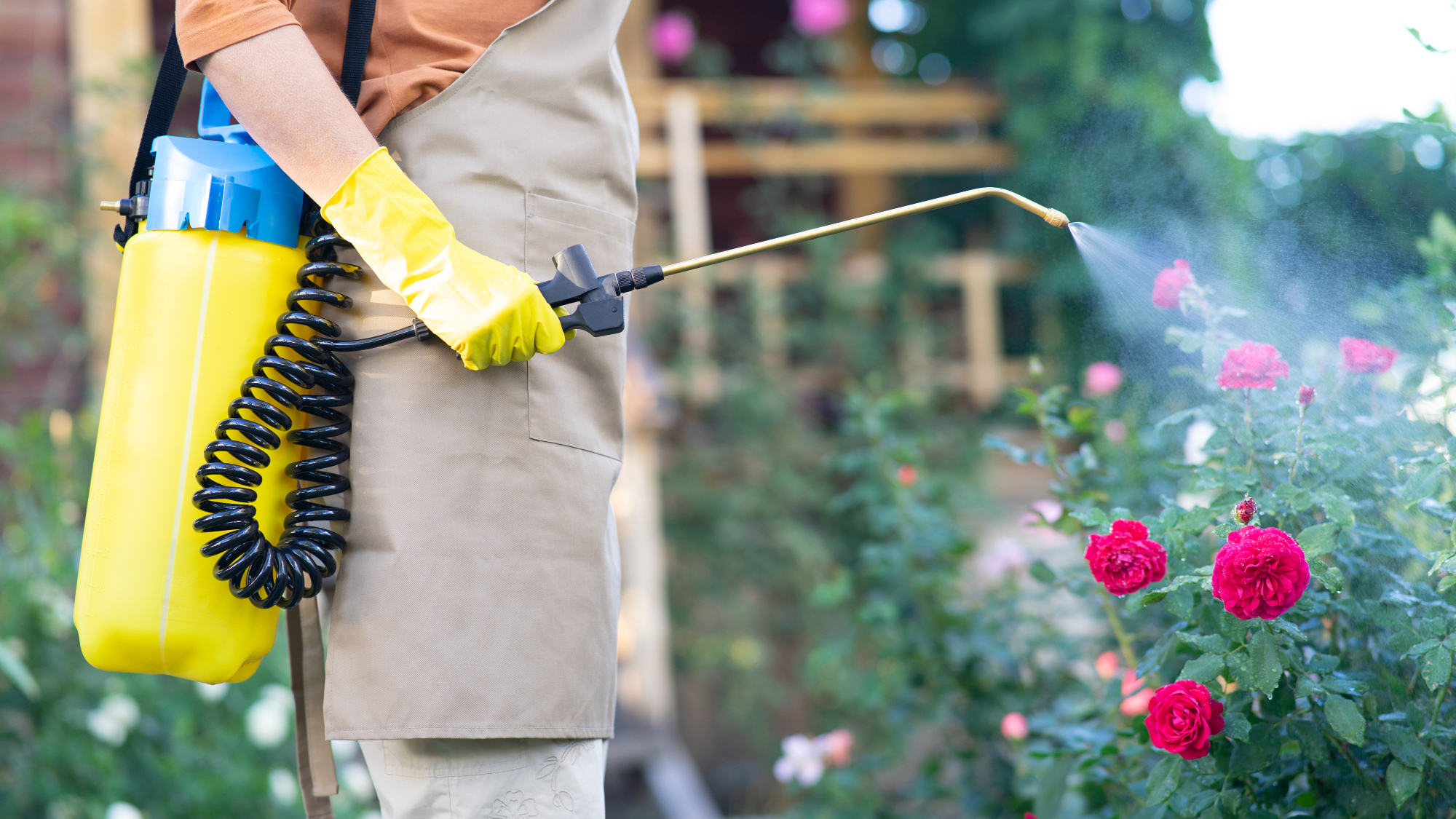

You are a dedicated organic gardener. You compost, avoid unnecessary chemicals, and grow non-GMO seeds. But your next door neighbor uses traditional pesticides and herbicides in their garden. So what do you do? This is a situation that can become complicated quickly.
In urban environments, our lawns touch the lawns of our neighbors and we all breathe the same air. That means that unless you are lucky enough to live on a private estate many miles from other humans, your garden will be impacted by other people’s landscaping choices.
How do you grow an organic garden in this interconnected environment if your neighbors use chemicals? You have to work with what you have and not demand perfection. Here is some expert advice about how to get as close to organic gardening as you can in a not-entirely-organic world. Plus, I'll share some legal tips as a former attorney on what you can (and can't) do when it comes to chemical use and how to talk to your neighbors without escalating the situation.
So, You Want to Grow an Organic Garden?
Generally, when people say that their garden is organic, they mean that they do not use chemicals while cultivating crops or tending their landscape. But organic gardening is really a much larger concept. It means choosing to garden in a way that supports the health of the whole ecosystem, from nurturing the soil to protecting beneficial insects to supporting local wildlife.
Of course, limiting chemical pesticides and herbicides is an essential part of an organic gardening approach. Research has proved beyond a doubt that these chemicals can hurt people, pets, pollinators and wildlife. But even dedicated organic gardeners will realize that “limiting chemicals” doesn’t mean “eliminating chemicals.”
Toxins can get into your garden in many different ways, and although you can be careful about your own choices, you will also be impacted by your neighbor’s choices.
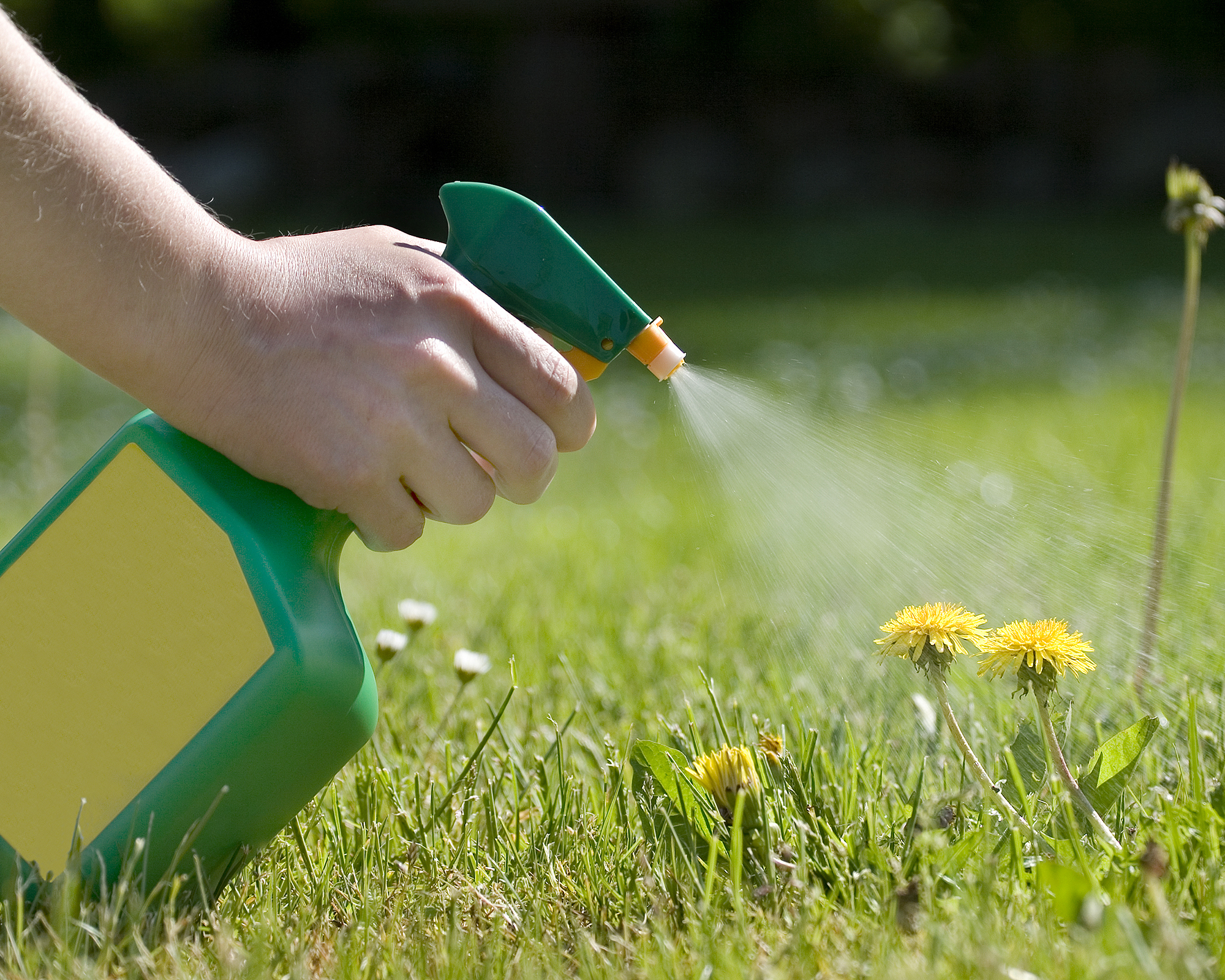
What If Your Neighbor Doesn't Grow Organic?
When you buy a piece of real property, the extent of your purchase is spelled out by the property lines that are recorded in government offices. Other neighbors have to respect property lines, but nature, not so much.
Sign up for the Gardening Know How newsletter today and receive a free copy of our e-book "How to Grow Delicious Tomatoes".
Have you ever stepped into your backyard, hoping to get a whiff of the jasmine just coming into bloom, only to have to deal with the odor of the neighbor’s cigarette? Airborne smoke, sprays, and gasses cross border lines quickly and easily even on a slight breeze.
Given that, it makes sense that if a neighbor sprays chemicals on their plants, the product can travel into your garden. Sprays can drift and cause accidental pesticide and herbicide damage to plants up to 30 yards (100 m) away from the intended target. This can also contaminate pollen and nectar produced by those plants, injuring any bees and pollinators that collect that nectar.
Drifting chemicals can also land on the crops in your organic garden. That means you or your family members might ingest the toxins when you eat your homegrown veggies. To make matters worse, pesticides can remain potent for two weeks or more.
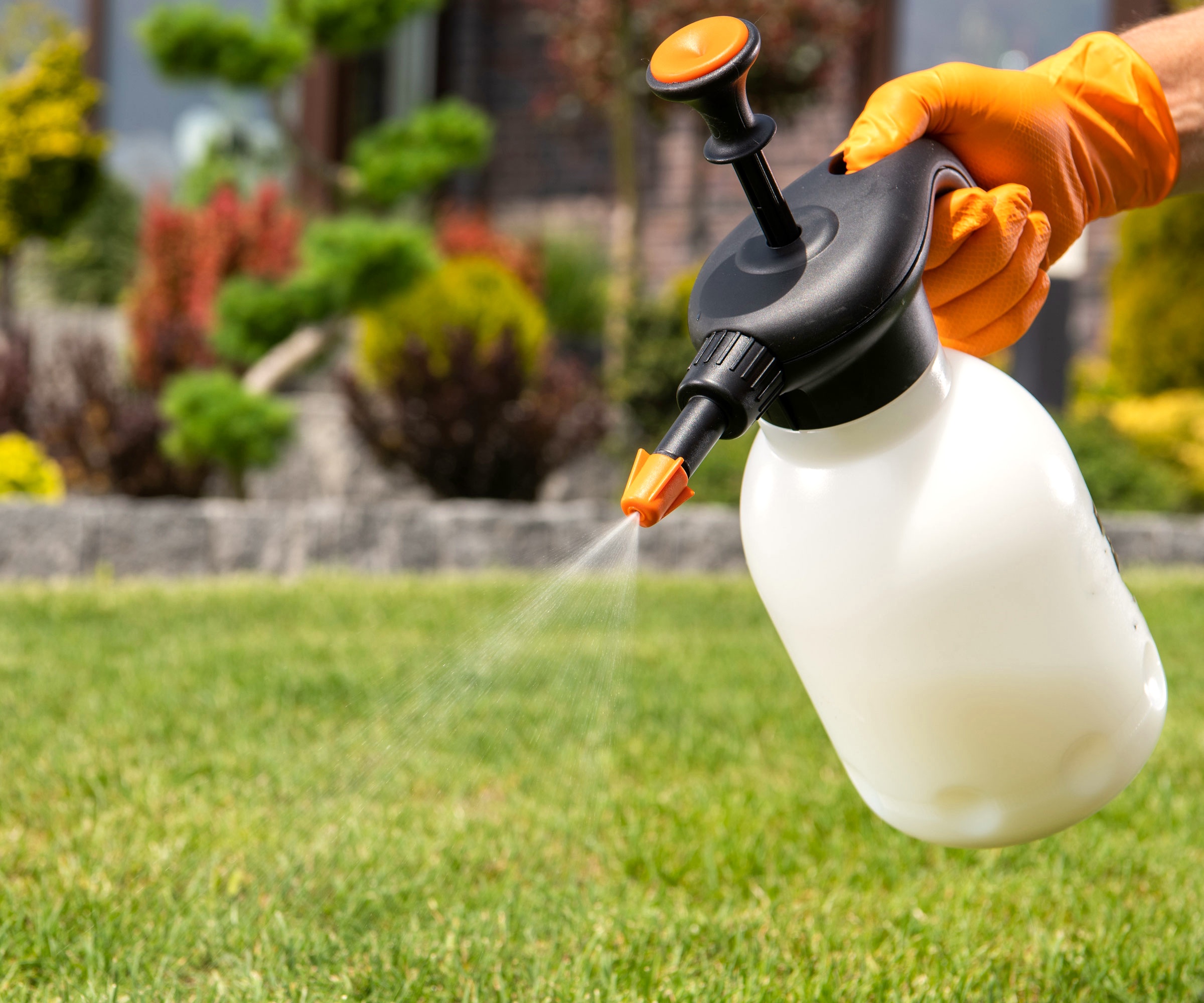
What You Can Do About Chemical Drift
Preventing all chemicals from touching your garden may not be a practical goal—unless you do live on an isolated private estate. While the government may make laws preventing the use of certain particularly toxic chemicals, like glyphosate, there are still many pesticides and herbicides that are legal.
On the other hand, it’s worth discussing the matter with your state's pesticide regulatory agency. Pesticide drift is illegal in many states, but this may not be enforced equally everywhere.
So, you may not be able to rely on the law to safeguard your organic garden. But there are other steps that you can and should take to minimize the problem. Start by addressing your neighbor directly and respectfully.
1. Talk to your neighbors
It’s hard. It’s not fun. Like trying to talk to a neighbor about their weeds taking over your yard, it can be a very difficult topic to broach. But opening up direct communication with your neighbors is the best first step to reducing toxins coming into your garden from their yard.
The rules here are simple: be honest, be polite, and be direct. Assuming you don’t have the law behind you in your area, the only way to make this work is to convince your neighbors to work with you. So that means being kind and offering constructive solutions.
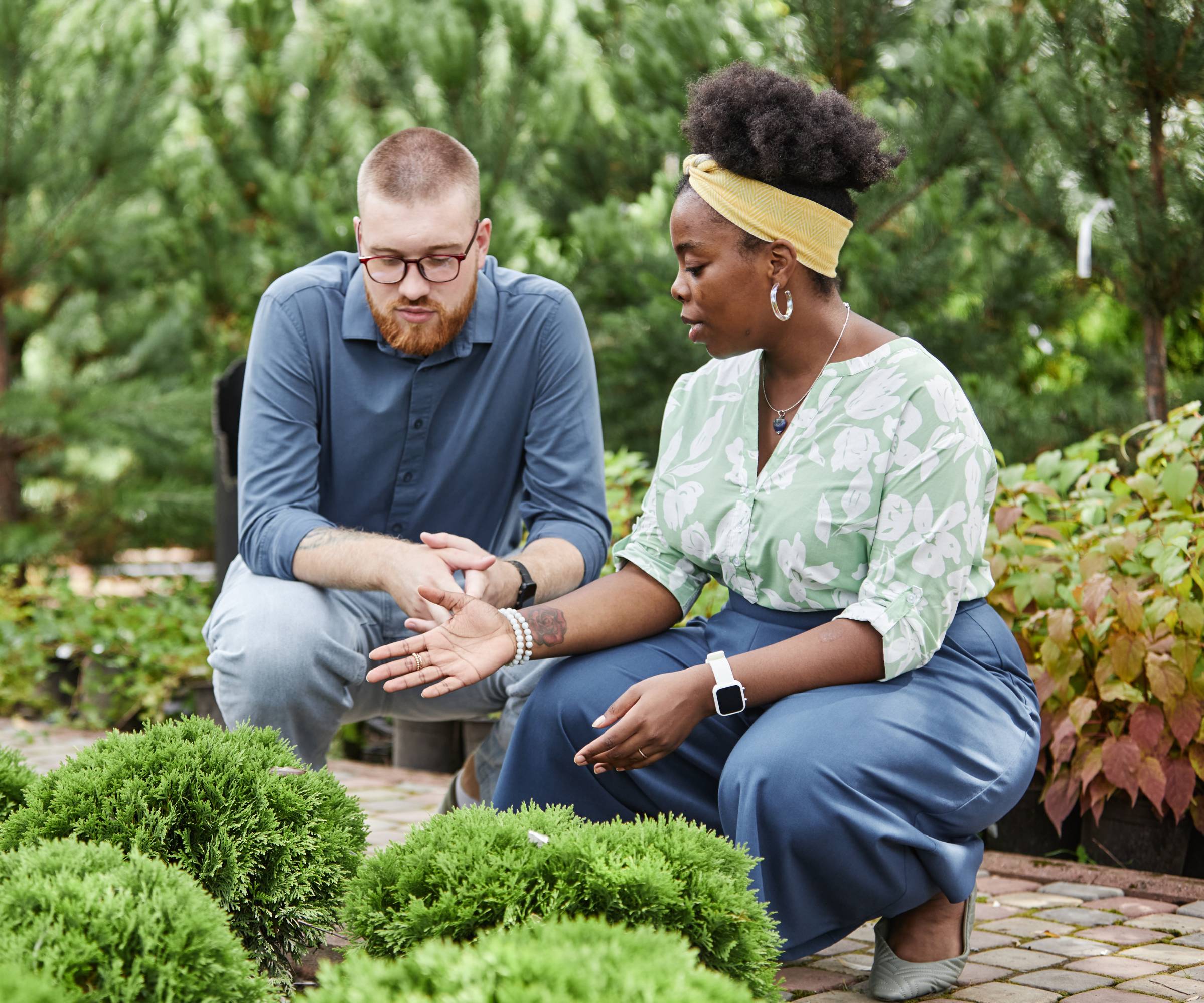
2. Provide evidence
It helps here to have evidence to show your neighbor, like photos of plants in your yard before and after your neighbor sprayed. You can also provide government warnings about certain products. One of the first things to ask them for, though, is the names of the products they use. Then do some research and let them know the dangers of those specific products.
3. Offer suggestions & compromises
Before you meet with your neighbor, come up with a list of ways to address the problem. These should be easy steps they might consider to improve the issue. For example, if they use fogger-type chemicals to control mosquitoes, you can suggest they switch to granular pesticides instead. Or ask if they could do any spraying in the evening rather than the morning to limit the damage to foraging native bees.
4. Be courteous & neighborly
Above all, to be a good neighbor in your garden you need to be polite rather than demanding. If you make your neighbor into your enemy, communication is over. If your neighbor seems very reluctant to change their ways, just ask them very courteously to refrain from using chemical spray on a day when the wind is blowing toward your property.
Then when you are harvesting your crops, share some with the neighbor. This can go a long way to developing a productive agreement between the two of you.
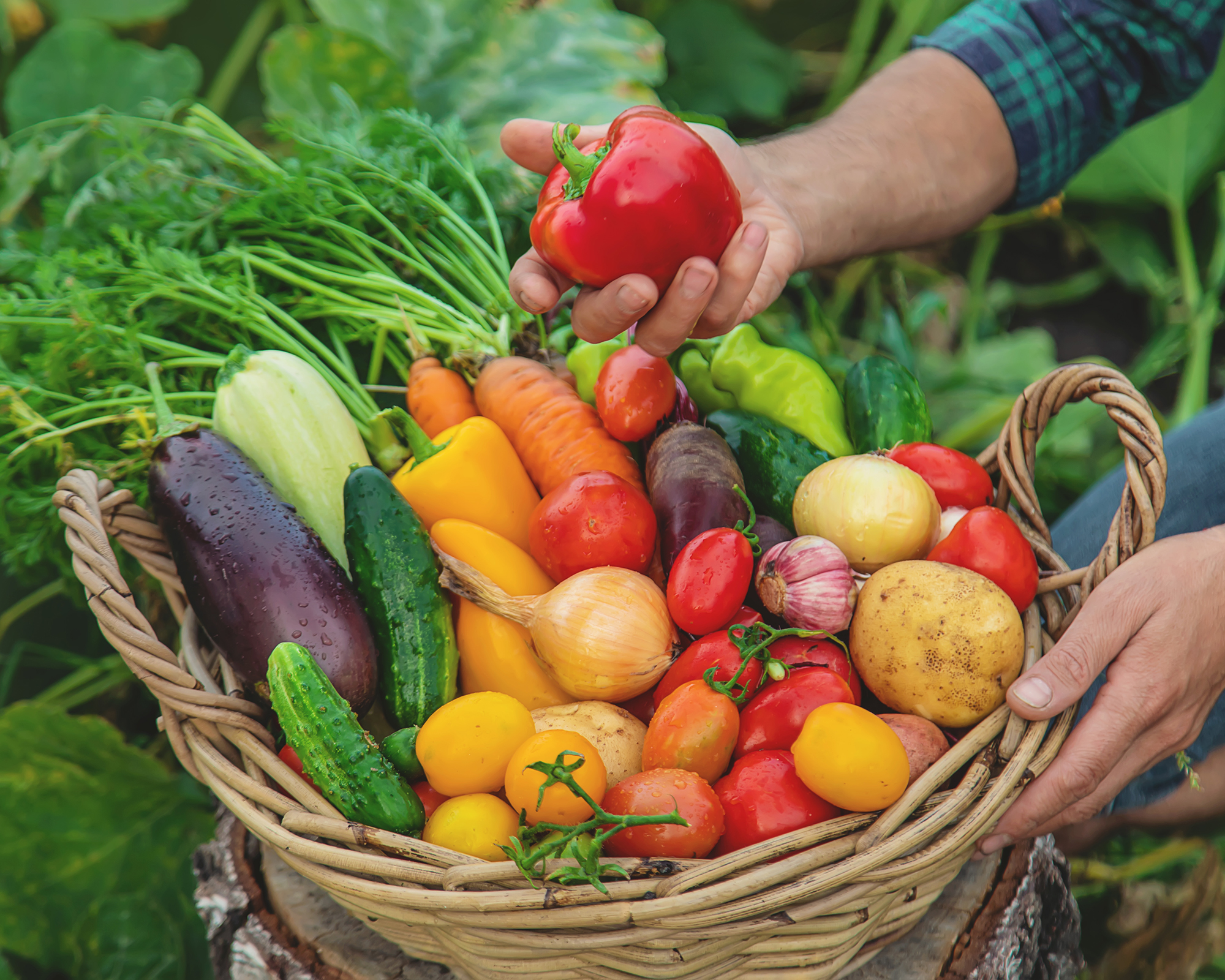
How to Limit Chemical Drift
Here are some other actions you can take to help limit the chemical drift to your property:
- Install barriers between your property and your neighbor’s. Solid wooden fencing, like this basic wood fencing from Home Depot, along a property line will block some of a neighbor’s chemical sprays from entering your property. Tall, dense hedging plants can also be effective. Neither of these barriers will prevent all sprays from passing to your property, but they will help. In fact, if you can’t or don’t want a tall barrier, use ground cover plants to stop some of the chemicals. You can cut back on some of the transferred toxins by putting in a 3-foot (1 m) strip of wood mulch or grass as a buffer between the properties.
- Talk to the professionals your neighbor is using, if any, to care for their landscape or lawn. If your neighbors hire landscaping professionals to spray their grass or garden, get their name and phone number. Explain your problem to the company and ask them to stop using high-pressure nozzles to apply pesticides or fungicides. With any luck, they will be happy to switch to low-pressure nozzles.
- Use lightweight frost blankets to cover property line plants. You can find plant covers for cheap on Amazon. Find out the neighbor’s spray schedule or ask them to notify you the day before a spray is scheduled. The night before, spread the blankets over plants along your property line to protect them. You should also keep pets and kids out of the backyard and close all your windows when neighbors spray.
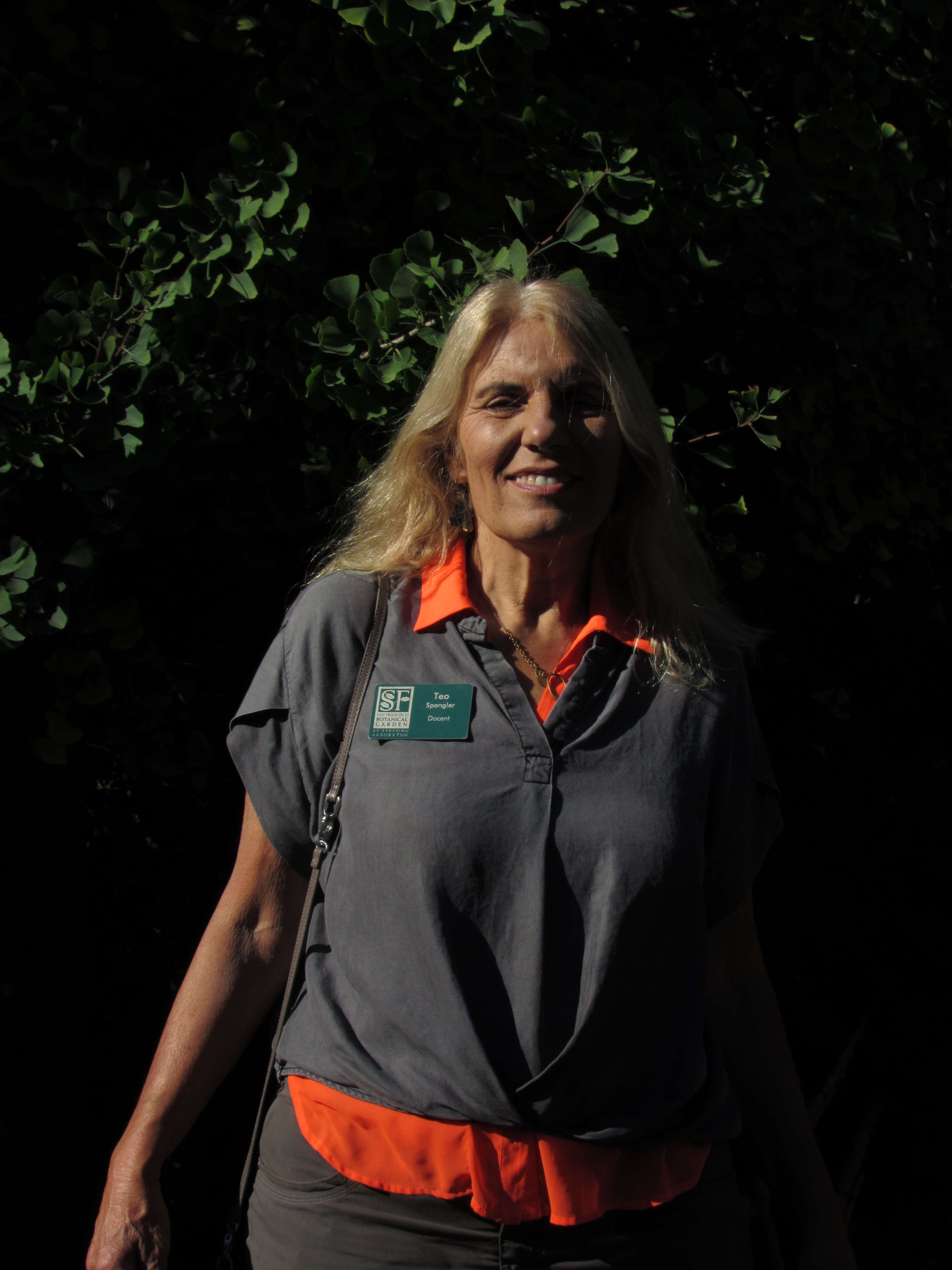
Teo Spengler is a master gardener and a docent at the San Francisco Botanical Garden, where she hosts public tours. She has studied horticulture and written about nature, trees, plants, and gardening for more than two decades, following a career as an attorney and legal writer. Her extended family includes some 30 houseplants and hundreds of outdoor plants, including 250 trees, which are her main passion. Spengler currently splits her life between San Francisco and the French Basque Country, though she was raised in Alaska, giving her experience of gardening in a range of climates.